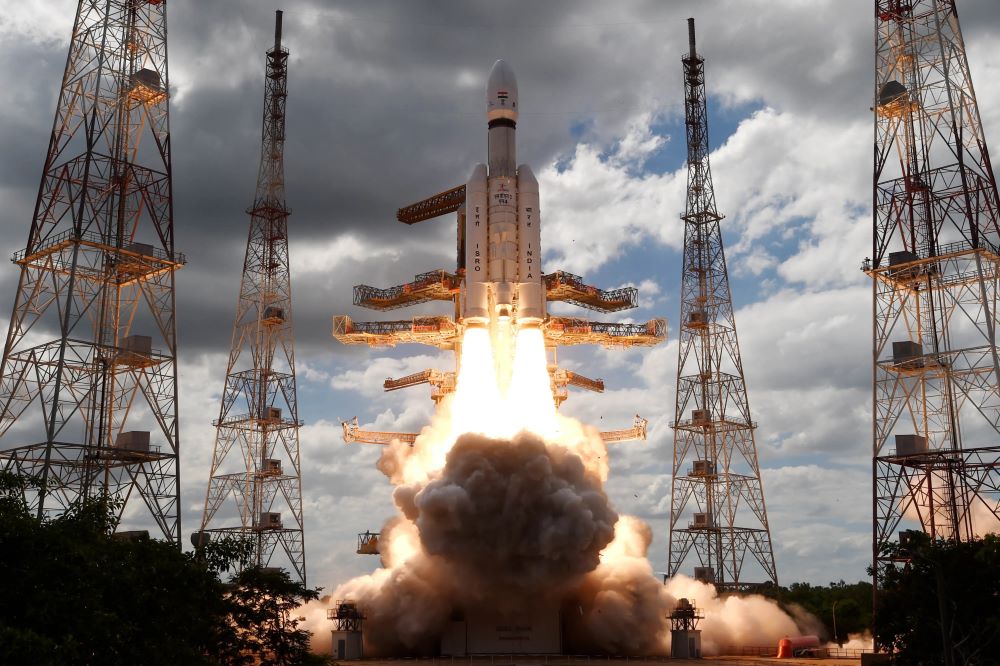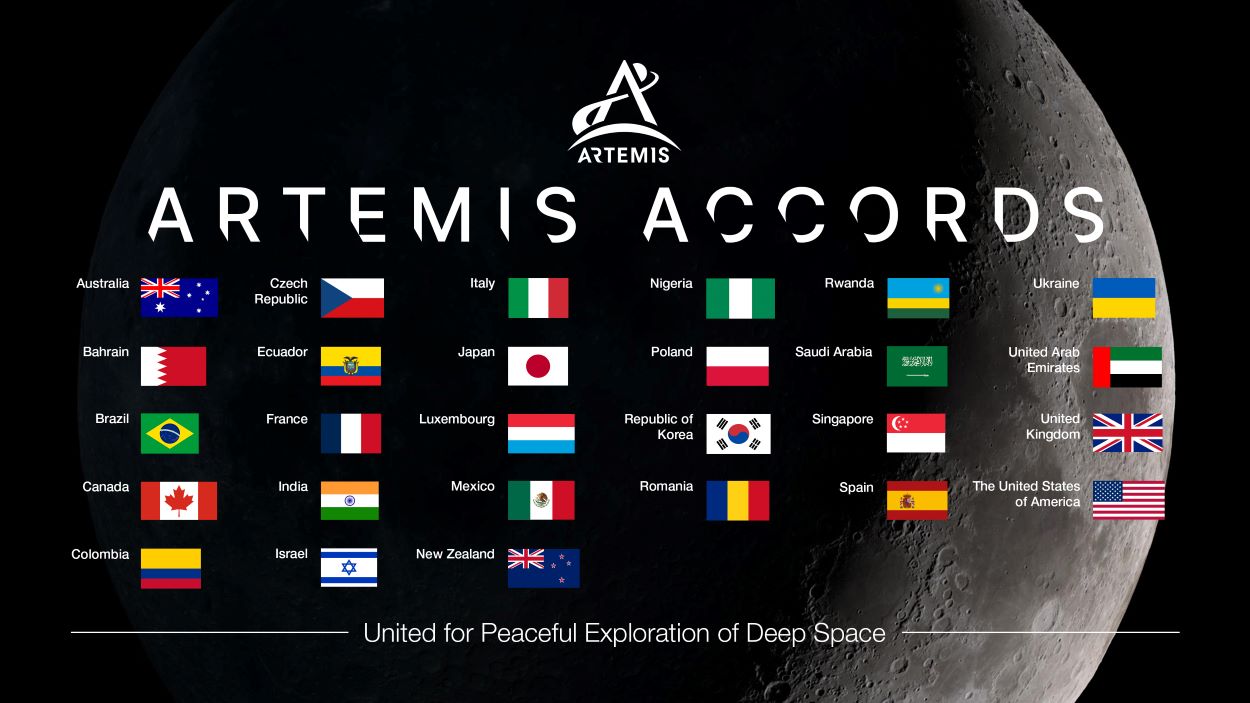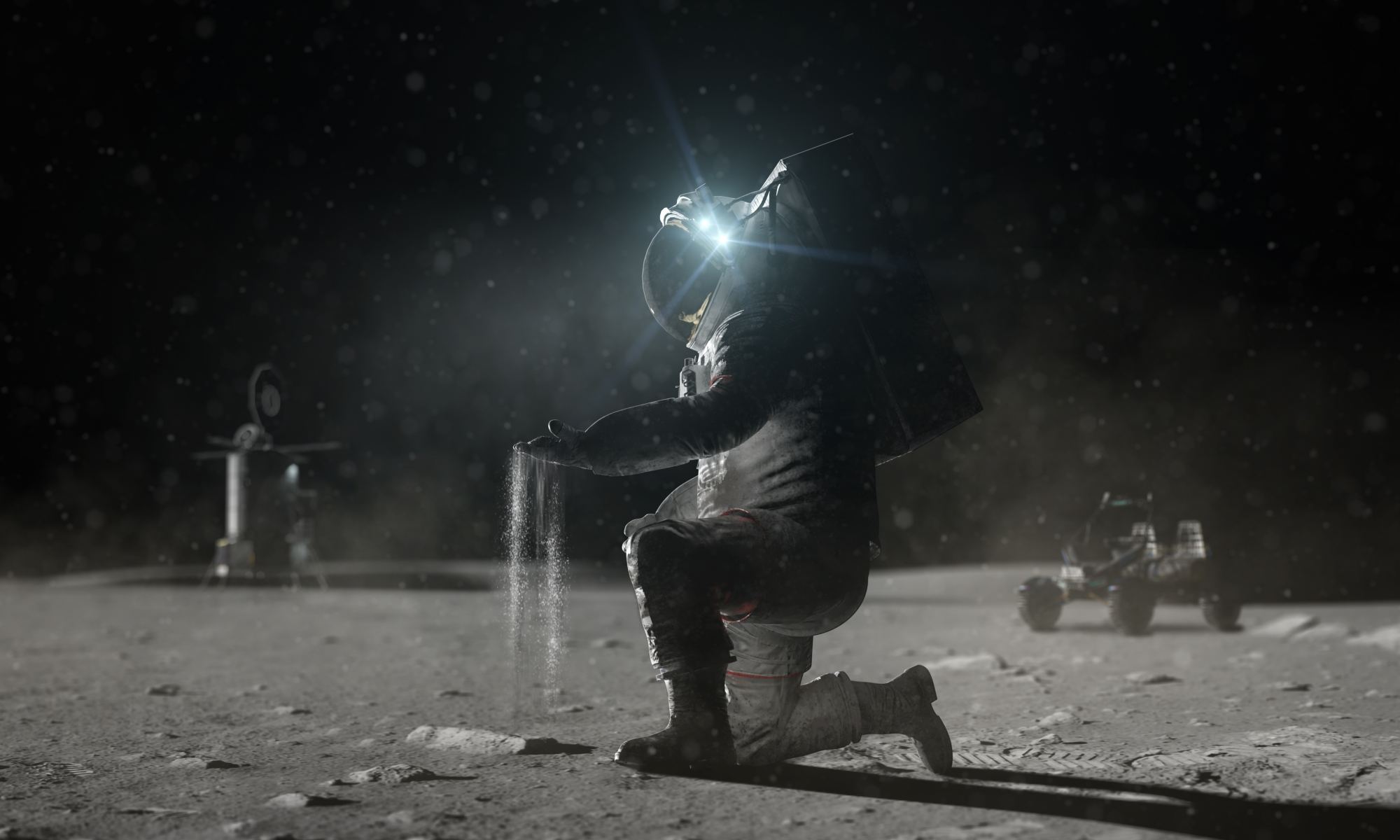On July 14, 2023, at 2:35 pm Indian Standard Time (5:05 am EST), the Indian Space Resource Organisation (ISRO) successfully launched their Chandrayaan-3 spacecraft from the Satish Dhawan Space Center, which is the primary spaceport of the ISRO. The goal of the mission is to put India’s first lander (Vikram) and rover (Pragyan) on the lunar surface and is scheduled to touch down on the Moon on August 23, 2023. This mission comes after the ISRO’s Chandrayaan-2 Vikram lander crashed on the Moon on September 6, 2019, due to a last-minute guidance software glitch. While the ISRO indicated everything was going according to plan, they unexpectedly lost contact with the Vikram lander approximately 2.1 kilometers (1.3 miles) above the lunar surface.
Continue reading “India Launches Chandrayaan-3 to the Moon, Hoping for a Successful Landing”India Launches Chandrayaan-3 to the Moon, Hoping for a Successful Landing










